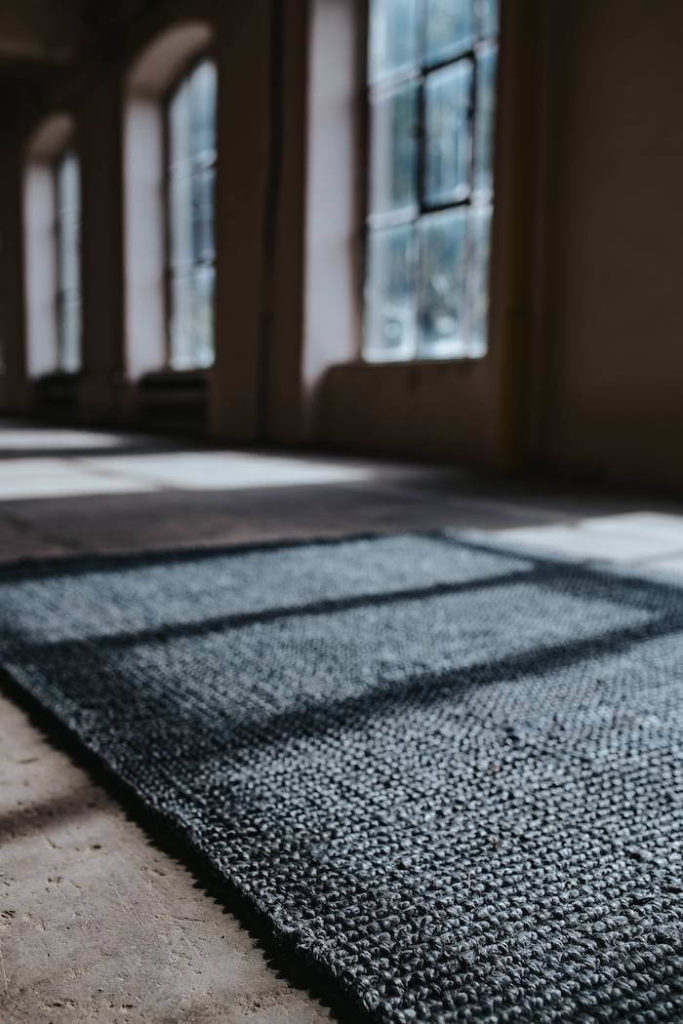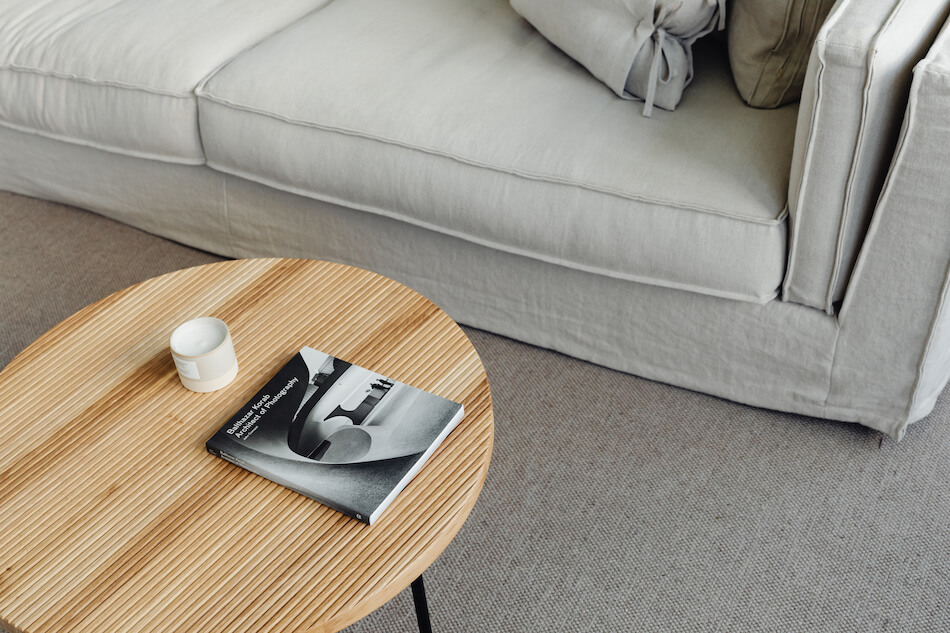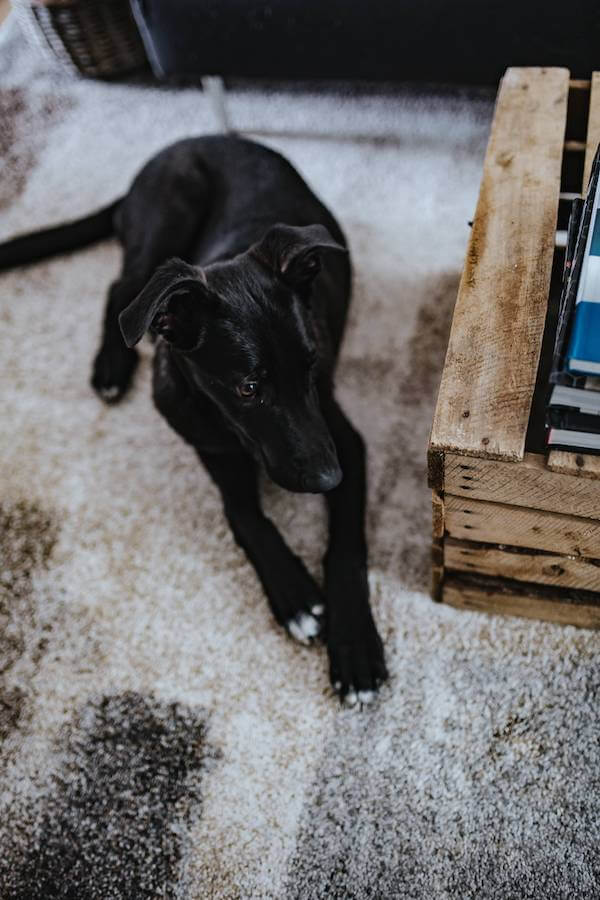You may have heard this and that about Scotchgard and might have wondered if it might be right for your home or office to protect carpets. But how does one start finding out about something?

Well, let’s turn to a spot of poetry by the author of the Jungle Book, Rudyard Kipling: “I keep six honest serving-men/ They taught me all I knew/ Their names are what and why and when and how and where and who.” Old Kipling might be a bit out of fashion at the moment because of the Imperialist overtones of a lot of his fiction and poetry, but he certainly got it right when it comes to finding out about things, so we’ll dive into the background of Scotchgard with the help of his six question words to discover the bare necessities about this service provided by a lot of professional carpet care companies. (Note: although that Bear Necessities song was sung by Kipling’s character Baloo, the lyrics were written by some Disney hack… but I digress.)
What Is Scotchgard?
Scotchgard is a patented polymer that, like many similar products, is manufactured by3M, the folk who brought us Post-It notes, Scotch tape, Tartan Track surfacing for running tracks and more. I’m not sure what the obsession with things Scottish is with 3M, as it’s an American company, but Scotchgard was one of their first big successes, so I guess they thought the Gaelic connotations were good for business. Anyway, Scotchgard is a polymer that bonds to fabric fibres and (unlike sticky notes) doesn’t come off, but it does repel liquid and stains.

The original formula for Scotchgard was developed in the 1950s but in the 1990s, it turned out that some of the chemicals in it were quite bad pollutants and not all that good for the human system. In 2003, in light of these findings, 3M changed the formula to something that still does a great job of protecting carpets and upholstery but isn’t quite as hazardous and harmful to health and the environment, although it’s a little less durable (not that the typical user will notice, though!).
Why Do People Use Scotchgard?
Because Scotchgard lasts a long time and because it repels water, it protects carpets and upholstery against staining. This is because the really annoying stains that get on and damage soft furnishings (red wine, sauce, curry, etc.) tend to be liquid. You can think of Scotchgard kind of like being a raincoat or rubber gloves for your carpets or rugs. However, the manufacturers of Scotchgard are proud to say that even if you’ve applied their product to your favourite sofa, it won’t feel any different and it won’t smell funny either once the product has dried.
This means that Scotchgard is used to protect anything made from fabric in your home that you want to last a long time. Carpets, rugs, mats and upholstery are popular choices, as these are hard to wash and are prone to getting stains and spills on them. Scotchgard repels those stains, meaning that your investment stays clean and stain-free for a lot longer. When it comes to applying protection, you can choose what and how much of your soft furnishings you want to be protected. Some people want the carpets all through their home protected. Others just want a few special items protected, such as that embroidery sampler made by Great-grandma.
When And Where Was Scotchgard Invented?

Scotchgard was first discovered in the 3M lab in St Paul, Minnesota back in the 1950s – in 1952, to be precise, although it didn’t hit the market until 1956… and the pair of chemists who discovered it didn’t get the patent awarded until 1973. 3M announced that they would phase out the chemical nasty in Scotchgard, perfluorooctanesulfonamide (try saying that with a few drinks inside you) in 2000, and the new formula of Scotchgard that isn’t quite so environmentally hazardous was released in 2003 after
How Was Scotchgard Discovered?
The discovery of Scotchgard was one of those happy accidents that get used to illustrate the principle of serendipity. Back in 1952, a team at 3M was headed up by Patsy Sherman (nee O’Connell) and Sam Smith. They were working on a type of synthetic rubber for fuel lines in jet aircraft. Then one of the lab assistants dropped a beaker of something – illustrating nicely how easily things get dropped and spilt – and the mixture splashed onto someone’s white canvas shoes. This would have been considered not much more than a minor nuisance but Ms Sherman and Mr Smith soon noticed a couple of things: (1) No matter what they and the assistant tried, they couldn’t wash the stuff off those shoes because all the water just poured off it as if the shoes were the proverbial duck’s back, even though the shoes still looked the same – and oil rolled off as well. More washing, scrubbing and the like were tried but the stuff kept sticking. (2) After a while, the white shoes stayed beautifully pristine and white where the splashes of the product had got on it but not on the rest of the shoes. Ms Sherman always believed in keeping one’s eyes open and not overlooking a potential opportunity and quickly realised that they were onto something a lot bigger than fuel lines for jets. This product had the potential for domestic use: protecting fabrics from stains and water damage.
Who Invented Scotchgard?
There were two people in charge of the team that discovered and worked on Scotchgard: Patsy Sherman and Sam Smith, with Ms Sherman being the overall leader – she was a woman with plenty of drive. You had to have a lot of drive to be a woman working in the world of chemistry back in the 1950s. In fact, when she was still at high school, Sherman took one of those aptitude tests suggesting potential careers for her. The first one she took, which was tailored for girls, said that she was best suited to being a housewife. His response was to ask to take the test for boys, which said that a career in science or politics was just the thing, so she headed to university and studied chemistry. It says something about 3M that they were able to overcome the patriarchal bias of the time and hire a woman for a serious chemical research position rather than as a secretary.

The aptitude test wasn’t the only clash Ms Sherman had with the patriarchy. When she and Smith were testing and developing the original synthetic rubber into the Scotchgard fabric protector we know today (almost!), they needed to get some of the fabrics they applied the product to test in a textile mill. The textile mill in question was a bit of a Boys Only club and women weren’t allowed in the doors, meaning that Ms Sherman had to wait around outside for the test results to come back.
Ms Sherman was inducted into the 3M Inventors’ Hall of Fame (aka the Carlton Society) in 1974, one year after the patent was granted – the first woman to receive this honour. She became a big advocate for women in science and also bucked the trend by continuing to work in chemistry after marriage and children (both her daughters went into science as a career, including one who followed her as a chemist for 3M). Scotchgard and the full line of related products for fabric, clothing, carpet, upholstery and more wasn’t her only invention, either – she also invented and patented optical brighteners in laundry detergents – the original “whiter than white” detergent and a stain removal product for getting greasy stains out of synthetics (yes, I’m detecting a theme there). Ms Sherman retired in 1992 and was inducted into the US National Inventors’ Hall of Fame in 2001.